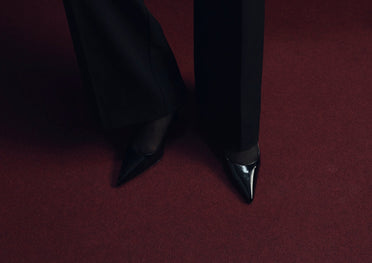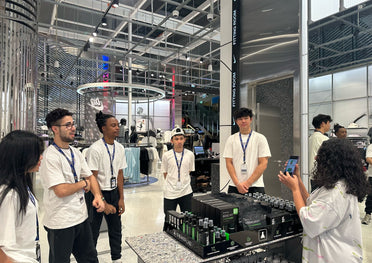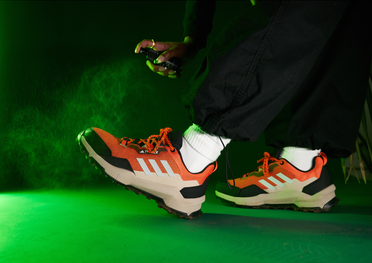Rethinking End-of-Life Design and The Afterlife of Our Garments
[ Story ]
Article
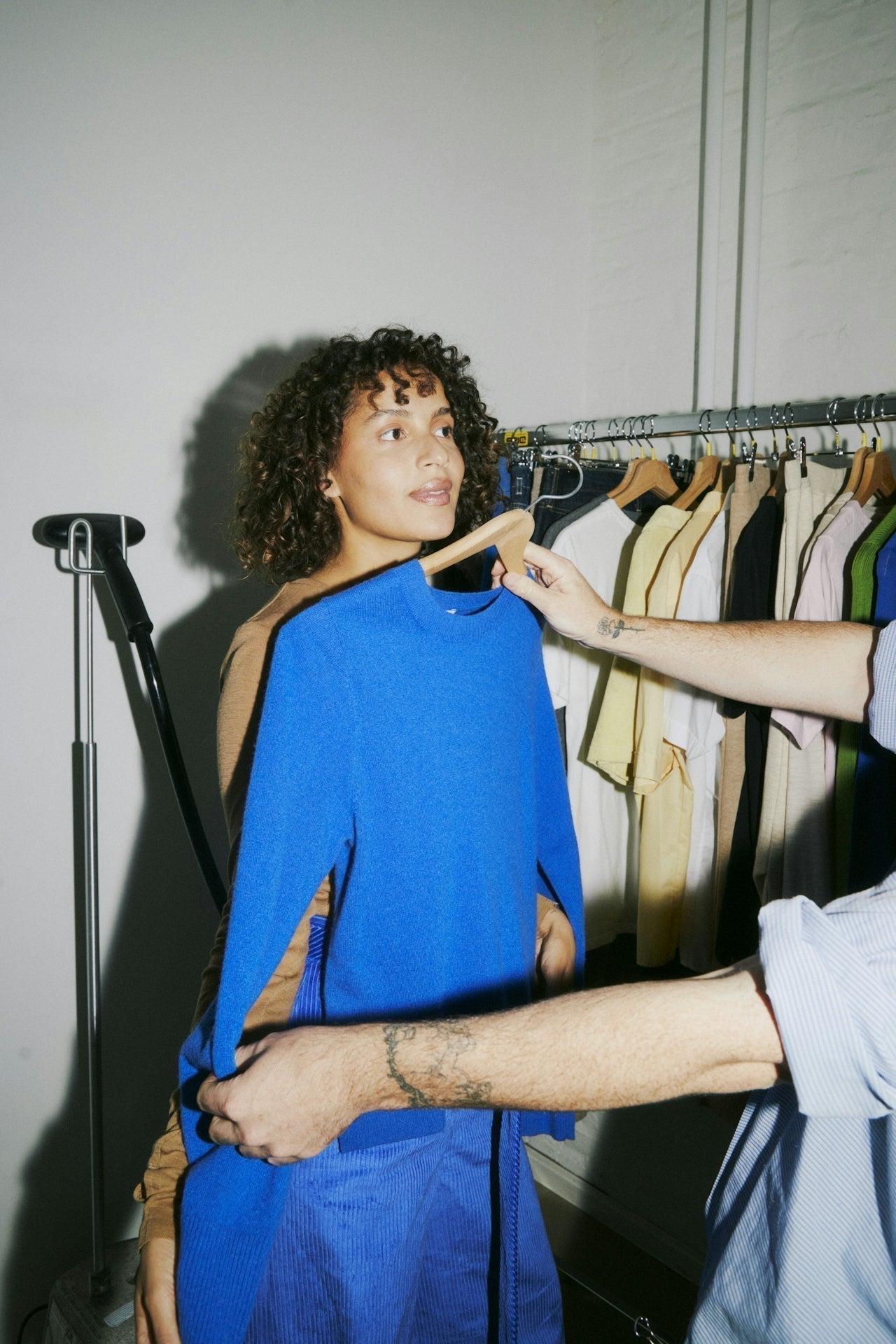
At fashion’s critical inflection point (a place it has been for some years now), allowing clothes and sneakers to degrade silently in landfill represents pure denial of the reality of our climate crisis, and our planetary future. Thankfully, designers and brands across the spectrum are heeding the call and reimagining what clothes can, and should, become at the end of their initial lifecycle.
This transformation is shifting the lens from mere disposal to resilience and renewal, exploring materials, repair, modularity, and circular systems that place design at the core of sustainability and regenerative fashion practices.
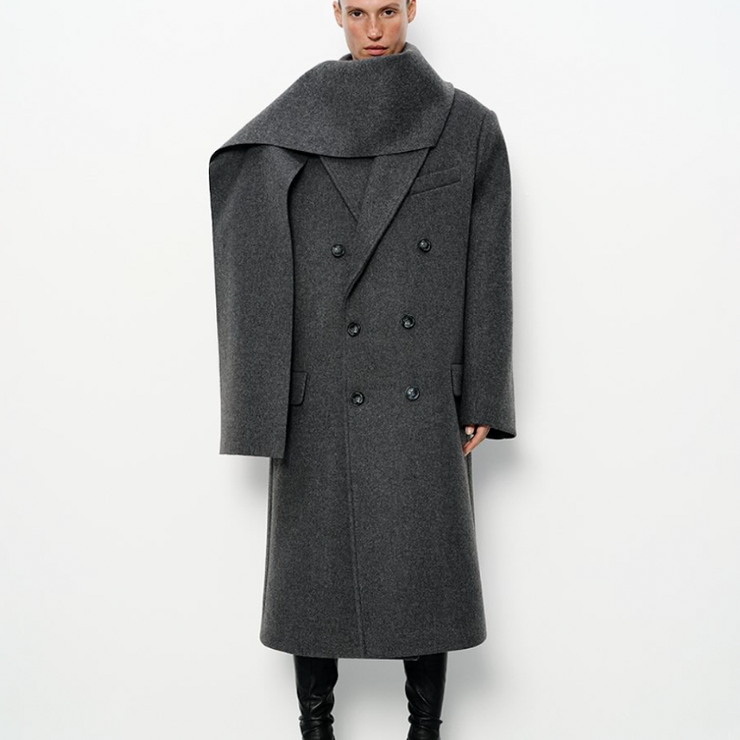
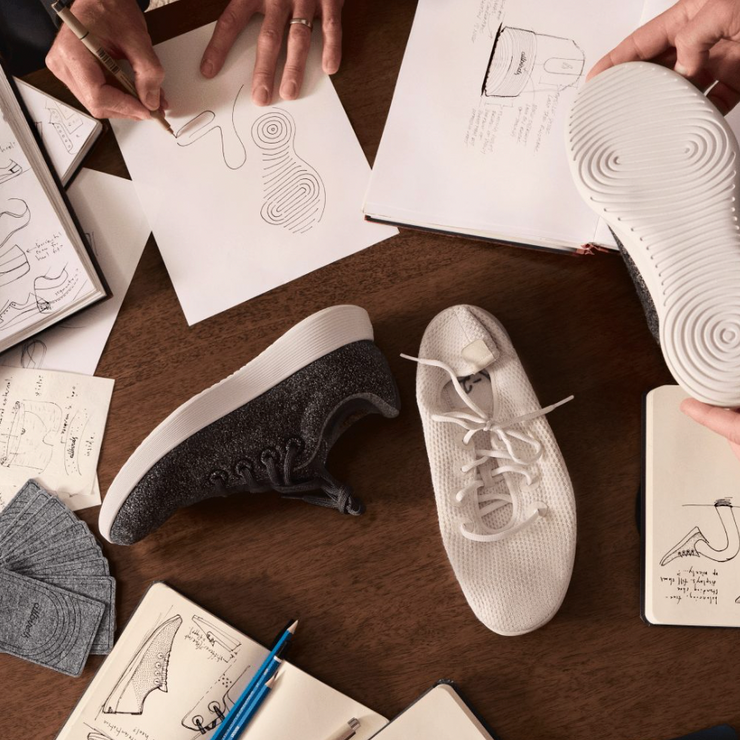
Many of us wear our favourite sneakers to the point of splitting soles, fraying uppers, and lost cushioning, while clothes fade, stretch, or tear. What happens next?
Historically, many items were destined for incineration or landfill – energy-intensive, polluting ends to otherwise functional materials. This is still overwhelming the case, however, design-centric solutions are now charting a different path: materials that biodegrade, garments built for repair, modular sneakers whose parts can be swapped, and take-back schemes that make circularity tangible; these are ways in which fashion is rethinking value, how waste can be neutralised, and the way product lifecycle becomes an ongoing story instinct to the innovation and design process.
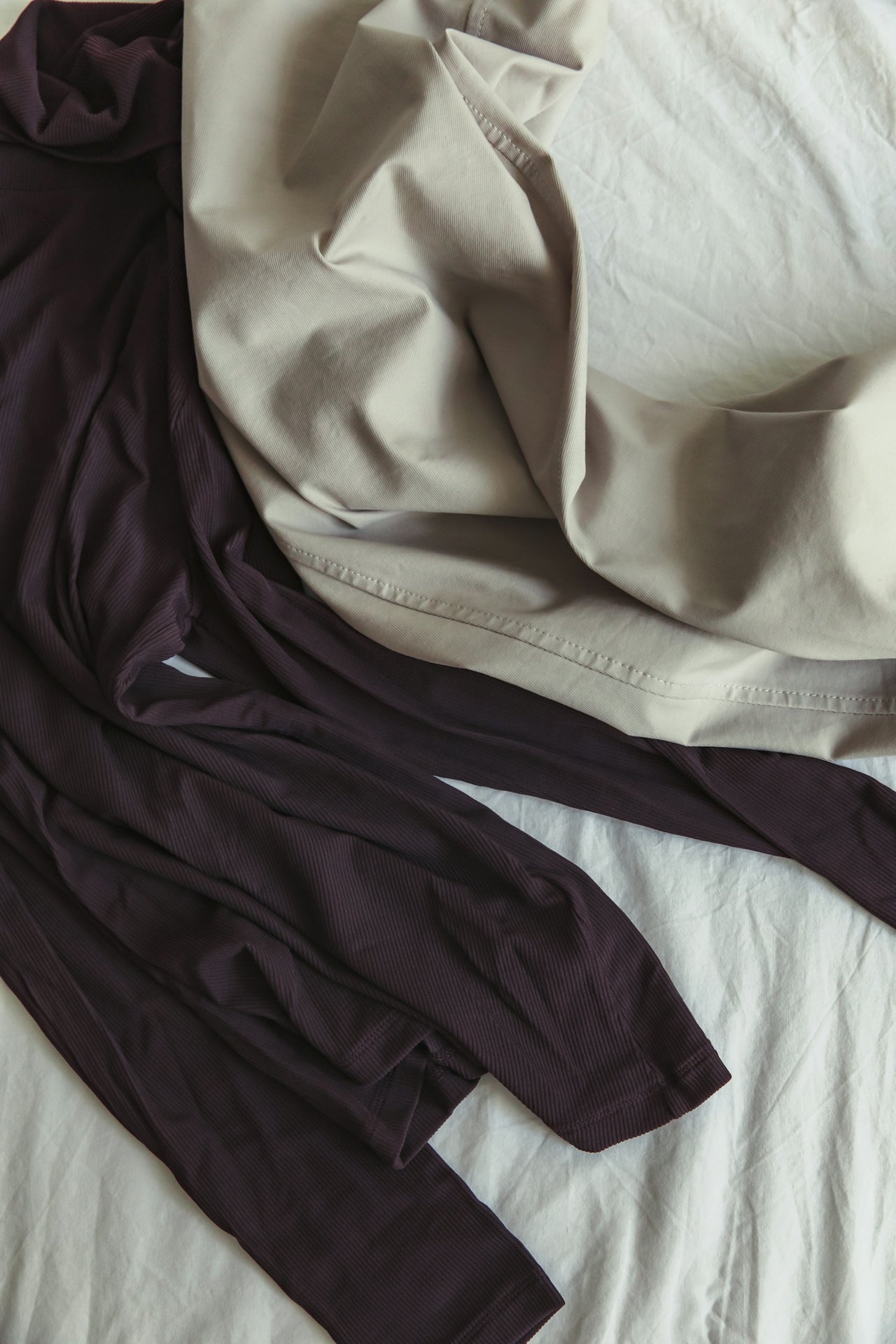
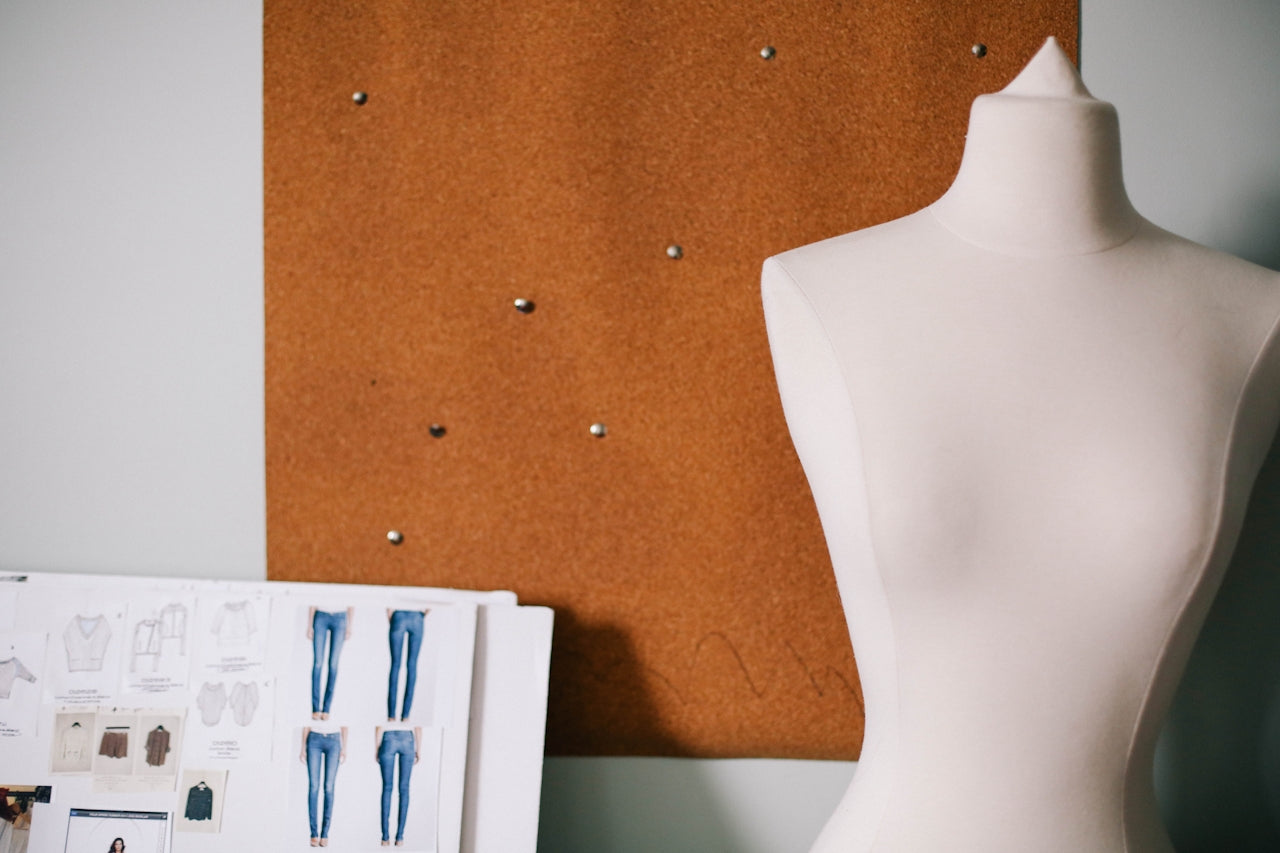
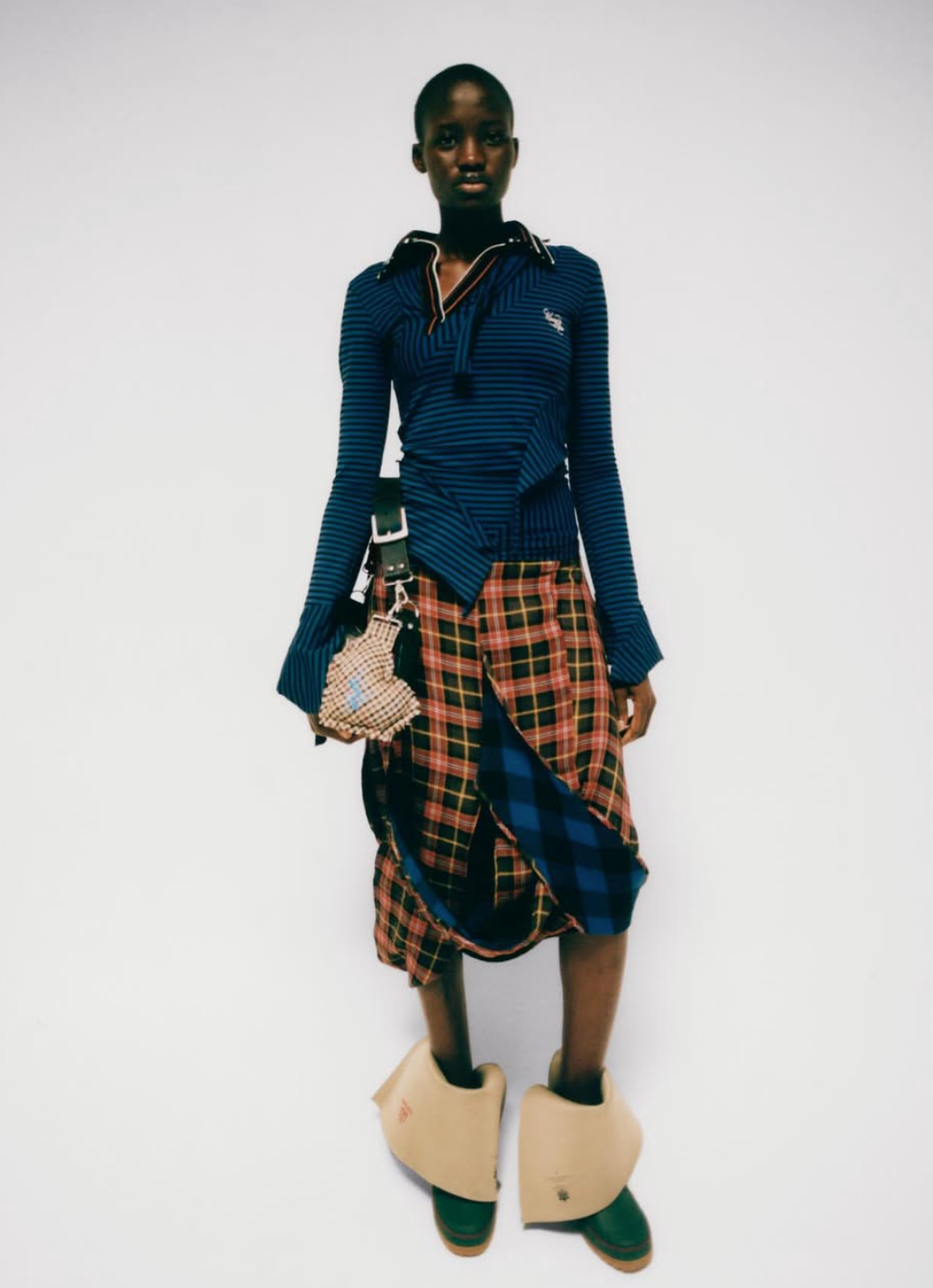
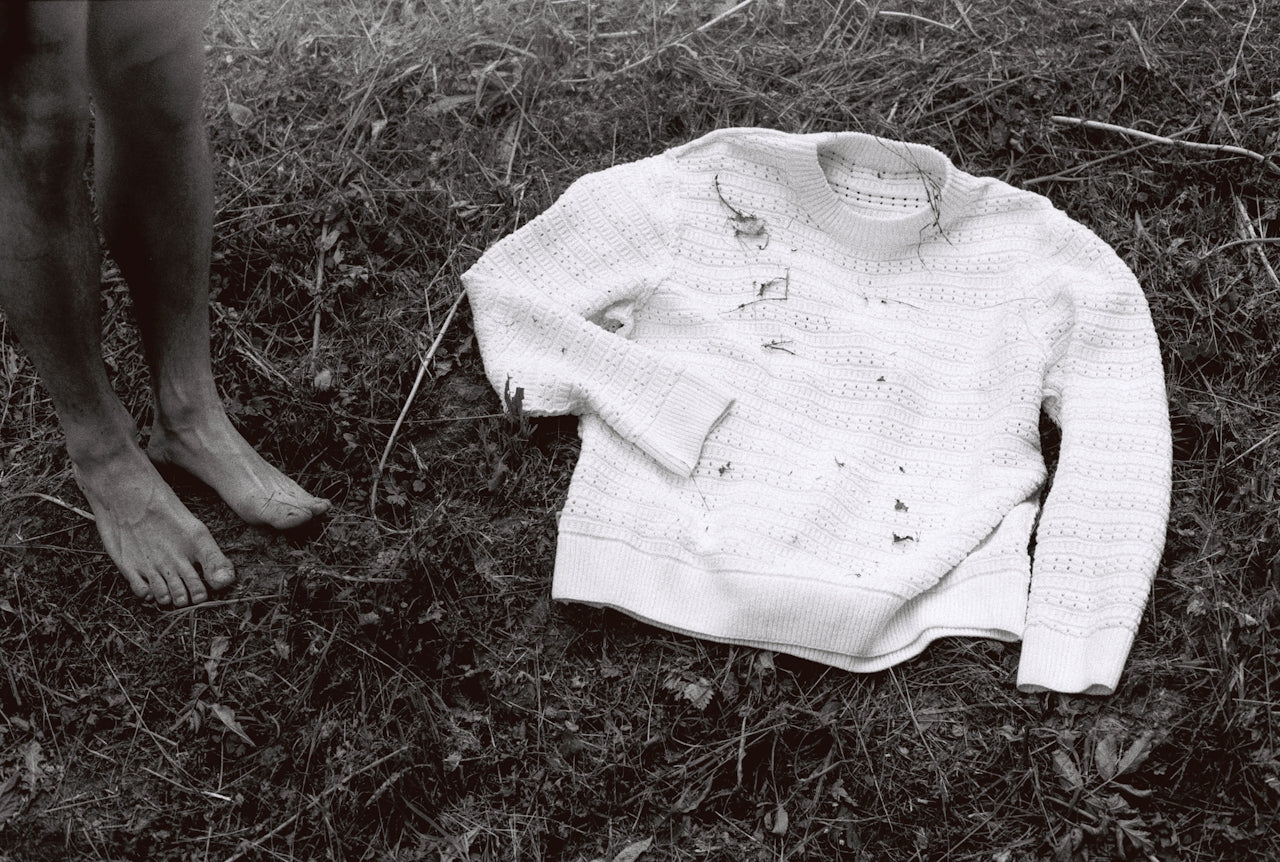
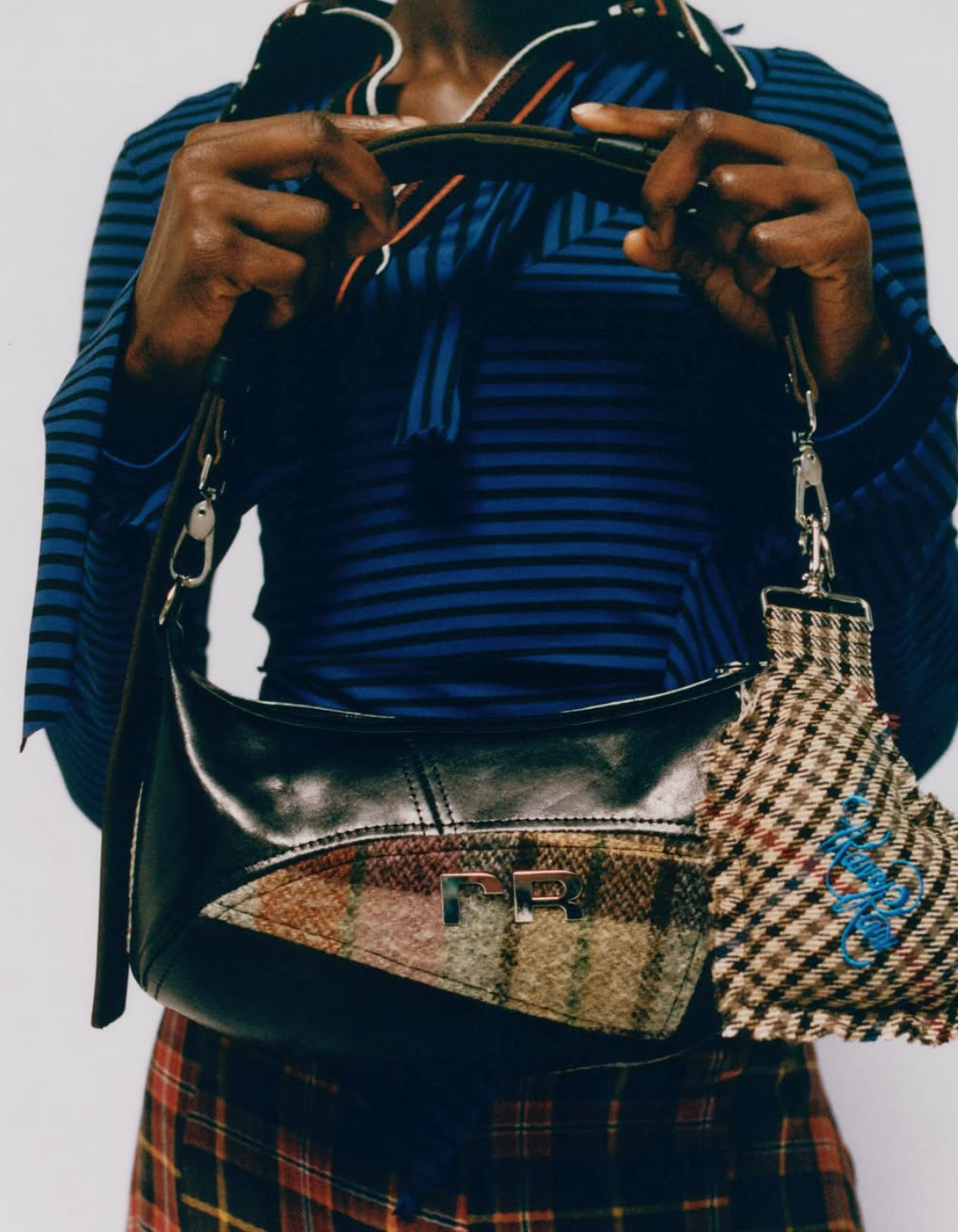
Design can and must anticipate decay, material limitations, emotional wear; and respond with flexibility.
Material science has risen to the occasion, as brands are experimenting with biodegradable and plant-based materials. Companies likeAllbirds pioneered sugar-cane derived SweetFoam soles as an alternative to petroleum-based EVA, showcasing how renewable raw materials can reduce carbon footprint while maintaining performance. Meanwhile, plant-based leather alternatives derived from grape skins, pineapple leaf fibre, and other agricultural by-products are gaining traction across fashion, enabling shoes and garments to end their lives with minimal environmental baggage.
Take-back schemes are playing a central role in closing the loop. Etiko in Australia offers a return model for sneakers: return your worn-out pair, either via drop-off or mail, and they’re recycled into indoor matting while earning you a voucher toward your next purchase. Underprotection, a Danish brand, runs a take-back programme for their range of lingerie and loungewear; bring in your pieces and you’ll receive a discount on your next order. As they brand shares, “we insist on taking part in finding the right ways to support circularity within an industry that has doubled its textile production in the last 15 years and have one of the highest impacts on humans and nature, especially due to the heavy use of resources and materials in the production of new textiles. At the same time, the life of textiles has decreased. Less than 1% of used textiles are recycled into new ones while tons are being discarded and burned every year. Recycling technologies are evolving, but at the same time facing difficulties due to material blends and bad fibre quality.” These programmes form part of a growing culture of responsibility, with brands like Patagonia, MUD Jeans, and Timberland implementing similar repair and resale initiatives, making circularity an intrinsic part of how they conceive of their products’ lifecycle.
Perhaps one of the most exciting areas is the creative explosion around upcycled and modular design. Upcycling has become a design language in itself, and a mode of aesthetic rebellion and resourcefulness. In 2025, upcycled collections are commanding attention on the runways and in showrooms, in which scrap materials are highlighted as valuable sources for customised, circular thinking.
Take-back schemes are playing a central role in closing the loop. Etiko in Australia offers a return model for sneakers: return your worn-out pair, either via drop-off or mail, and they’re recycled into indoor matting while earning you a voucher toward your next purchase. Underprotection, a Danish brand, runs a take-back programme for their range of lingerie and loungewear; bring in your pieces and you’ll receive a discount on your next order. As they brand shares, “we insist on taking part in finding the right ways to support circularity within an industry that has doubled its textile production in the last 15 years and have one of the highest impacts on humans and nature, especially due to the heavy use of resources and materials in the production of new textiles. At the same time, the life of textiles has decreased. Less than 1% of used textiles are recycled into new ones while tons are being discarded and burned every year. Recycling technologies are evolving, but at the same time facing difficulties due to material blends and bad fibre quality.” These programmes form part of a growing culture of responsibility, with brands like Patagonia, MUD Jeans, and Timberland implementing similar repair and resale initiatives, making circularity an intrinsic part of how they conceive of their products’ lifecycle.
Perhaps one of the most exciting areas is the creative explosion around upcycled and modular design. Upcycling has become a design language in itself, and a mode of aesthetic rebellion and resourcefulness. In 2025, upcycled collections are commanding attention on the runways and in showrooms, in which scrap materials are highlighted as valuable sources for customised, circular thinking.

Upcycled design can be intelligent, beautiful, and provocative, turning waste into deep desirability.
Italian label Simon Cracker made a powerful statement at Milan Fashion Week with its Spring–Summer 2026 collection, composed from a roll of cotton jersey soiled and damaged by the floods and torrential rains that hit Emilia-Romagna in 2023, drawing attention toward the implication of worsening climate-change disasters. Their show combined humour and protest; denouncing the flagrant excess of luxury fashion, in favour of exaggerated neo-punk aesthetics and design thinking that both critique and honour fashion’s contradictions. Amid the creative experimentation was a clear message: upcycled design can be intelligent, beautiful, and provocative. Similarly, Ukrainian womenswear brand better continues to pioneer its self-described ‘upcycling system’ as key to its design process, stating that “bettter is the first system of upcycling technologies, operating as a multifaceted platform with a shared purpose. At bettter, we hold the belief that all the clothes that humanity needs have already been produced, and over-produced by now. This is why we do not produce any clothing from ground zero. Instead, we upcycle clothes of premium quality and higher environmental value, reimagining them aesthetically and intrinsically.” Ingeniously, the brand showcases what upcycling can look like beyond the traditional aesthetics of upcycling (frayed seams, patchwork designs), and instead offers up garments undetectably new in their expression, albeit made from deadstock garments.
British designer Christopher Raeburn has led the charge with his long-standing “Remade, Reduced, Recycled” philosophy. His brand, RÆBURN, transforms surplus military fabrics and parachute textiles into modular outerwear, waterproof bags, and urban essentials that are designed to be taken apart and then reconstructed, or used for multiple purposes. Raeburn’s commitment to functional sustainability — designing for life-long repair and reinvention — has cemented his position as one of the most respected names in fashion’s circular revolution. Further north, Swedish brand Rave Review offers luxury to upcycled fashion with their “high-end remake” manifesto that guides their collections created from second-hand linens, curtains, and blankets. Their work embraces deconstruction as a form of refinement, offering reimagined bridalwear, coordinated sets, and pieces that marry emotional resonance with climate consciousness. This demonstrates to us that modularity and upcycling can exist across multiple segments of the fashion market; from outdoor, to underwear, to bridal and luxury. The scope is massive, and the innovation is ripe for reward in our shifting and precarious future.
Across both established and indie design realms, 2025’s fashion innovation shares one core insight: clothes and sneakers cannot have single-use lives. Design can and must anticipate decay, material limitations, and emotional wear, and respond with flexibility. Materials like biodegradable soles and plant-based leathers offer us new kinds of exits, and systems like take-back and resale reinforce our shared responsibility, while aesthetics like upcycled construction can turn waste into deep desirability. Similarly, our own care-centred products offer our community new pathways of ownership and stewardship.
Together, these forces reassert our value; you wear, you care, you preserve, you pass it on, and it lives on. We’re so excited about rethinking end-of-life design in fashion, and the way it represents a shift from linear logic to ongoing stories of use, care, and regeneration. At Sneaker LAB, our preventative care philosophy complements these movements by slowing loss and promoting intentional wear, and as consumers, each of us has a responsibility to choose garments for their entire lifetimes, in all the phases that they will pass through.
[All photo credits to respective brands]
British designer Christopher Raeburn has led the charge with his long-standing “Remade, Reduced, Recycled” philosophy. His brand, RÆBURN, transforms surplus military fabrics and parachute textiles into modular outerwear, waterproof bags, and urban essentials that are designed to be taken apart and then reconstructed, or used for multiple purposes. Raeburn’s commitment to functional sustainability — designing for life-long repair and reinvention — has cemented his position as one of the most respected names in fashion’s circular revolution. Further north, Swedish brand Rave Review offers luxury to upcycled fashion with their “high-end remake” manifesto that guides their collections created from second-hand linens, curtains, and blankets. Their work embraces deconstruction as a form of refinement, offering reimagined bridalwear, coordinated sets, and pieces that marry emotional resonance with climate consciousness. This demonstrates to us that modularity and upcycling can exist across multiple segments of the fashion market; from outdoor, to underwear, to bridal and luxury. The scope is massive, and the innovation is ripe for reward in our shifting and precarious future.
Across both established and indie design realms, 2025’s fashion innovation shares one core insight: clothes and sneakers cannot have single-use lives. Design can and must anticipate decay, material limitations, and emotional wear, and respond with flexibility. Materials like biodegradable soles and plant-based leathers offer us new kinds of exits, and systems like take-back and resale reinforce our shared responsibility, while aesthetics like upcycled construction can turn waste into deep desirability. Similarly, our own care-centred products offer our community new pathways of ownership and stewardship.
Together, these forces reassert our value; you wear, you care, you preserve, you pass it on, and it lives on. We’re so excited about rethinking end-of-life design in fashion, and the way it represents a shift from linear logic to ongoing stories of use, care, and regeneration. At Sneaker LAB, our preventative care philosophy complements these movements by slowing loss and promoting intentional wear, and as consumers, each of us has a responsibility to choose garments for their entire lifetimes, in all the phases that they will pass through.
[All photo credits to respective brands]
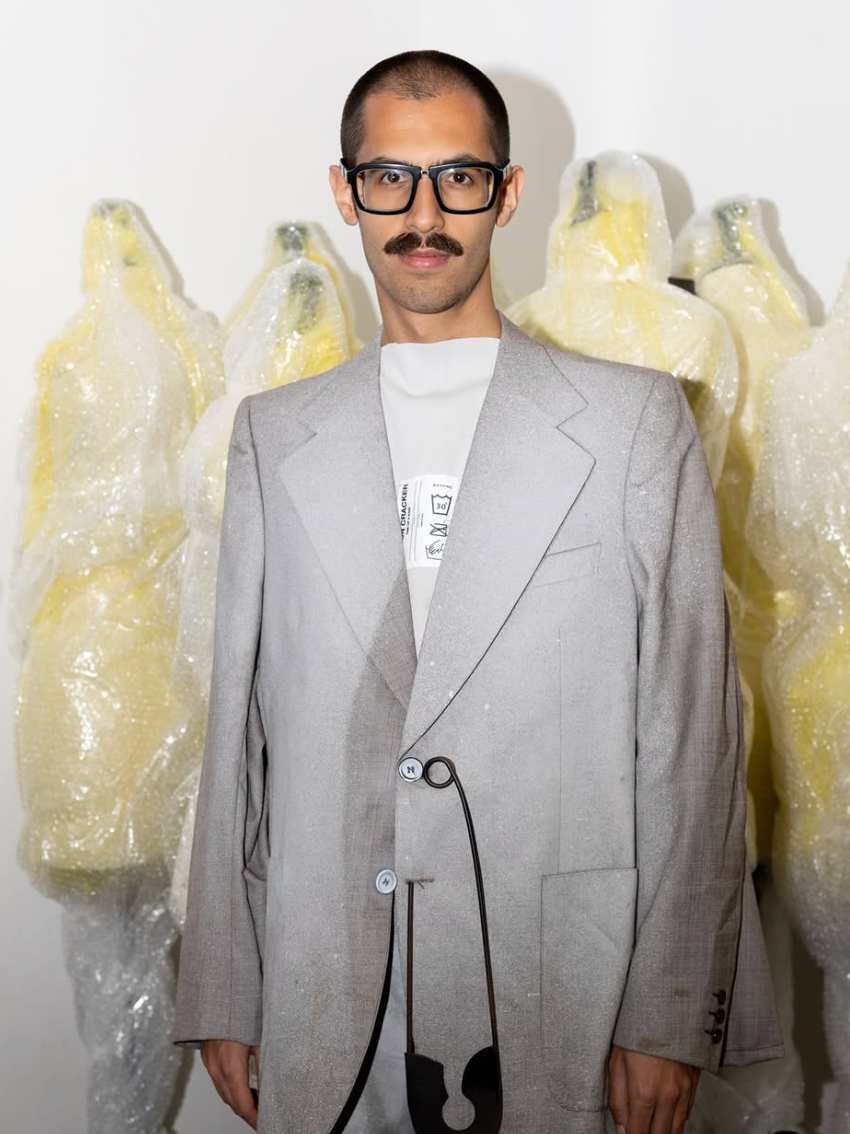
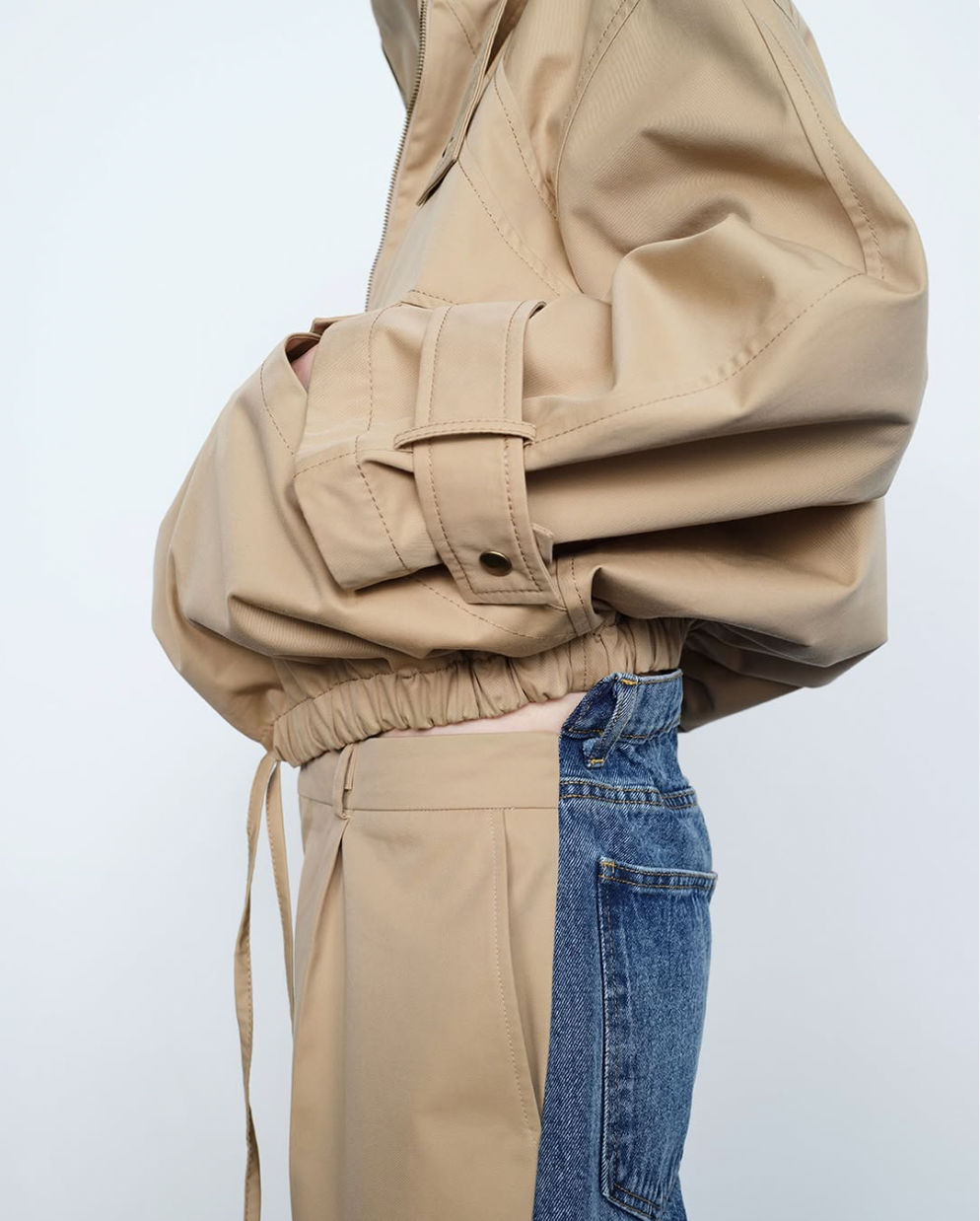
[ Follow ]
